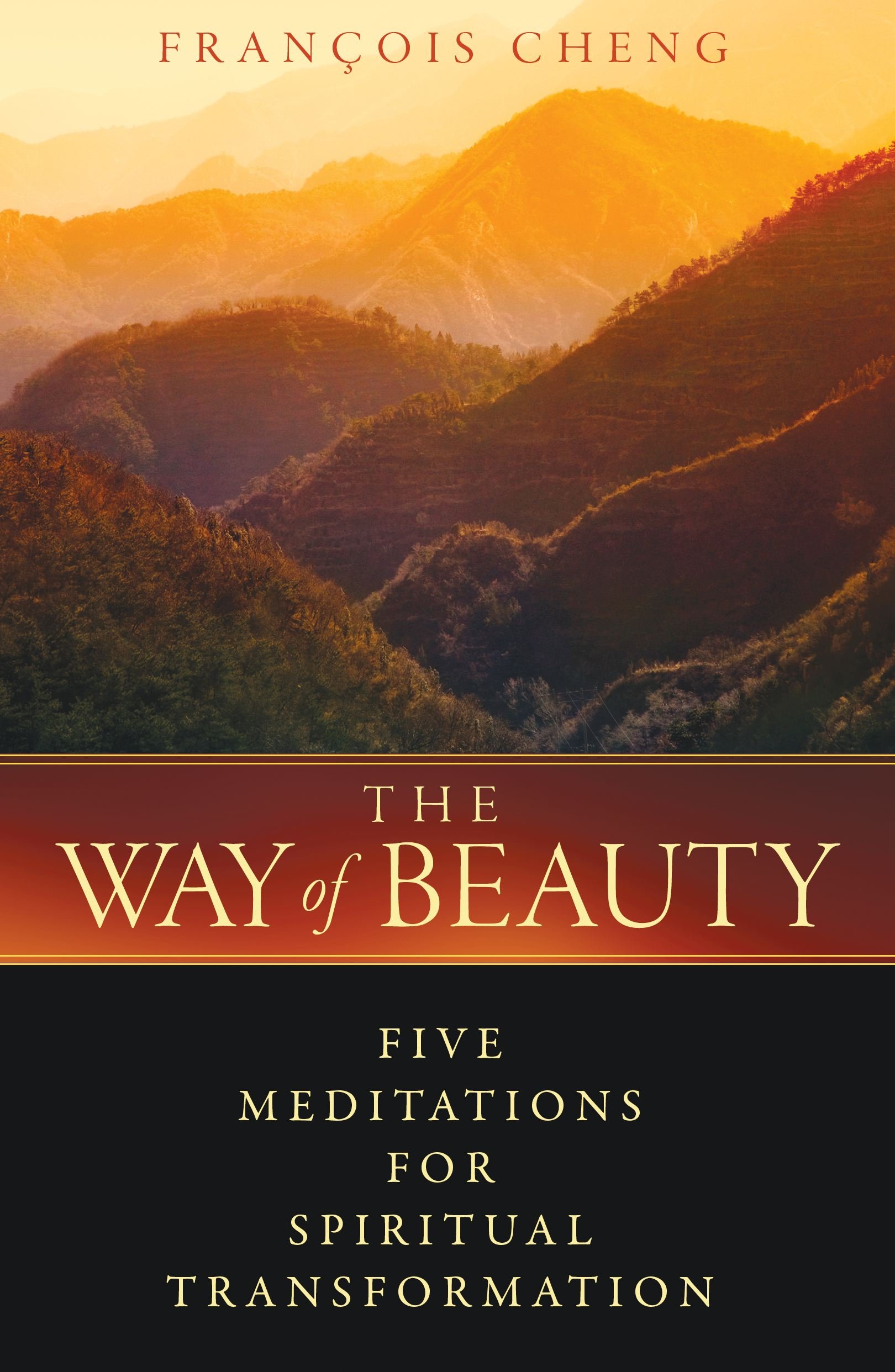In this strongly visual and environmentally engaged collection, award-winning poet and translator Jody Gladding explores landscape as a source of language in lyrics that operate as physical acts in three-dimensional space.
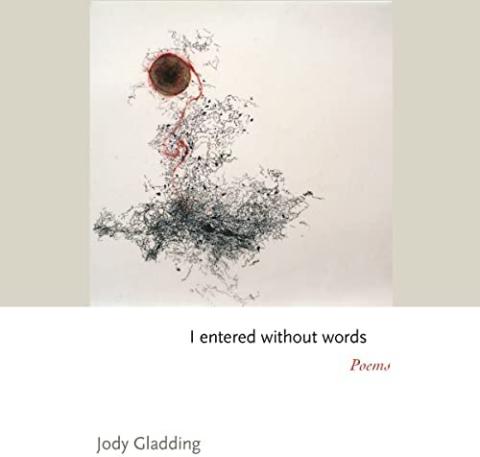
In this strongly visual and environmentally engaged collection, award-winning poet and translator Jody Gladding explores landscape as a source of language in lyrics that operate as physical acts in three-dimensional space.

Deeply invested in landscape, the spiders my arms operates where landscape and language converge. It opens the page into a compositional field in which words appear as constellations to create multiple, interwoven meanings as they interact with each other and with the reader who moves freely among them, fully participating in the making of poems that are spatial, non-linear, and different every time.

This we can be sure of: when a restaurant in the western world is famous for its cooking, it is the tricolor flag that hangs above the stove, opined one French magazine, and this is by no means an isolated example of such crowing. Indeed, both linguistically and conceptually, the restaurant itself is a French creation. Why are the French recognized by themselves and others the world over as the most enlightened of eaters, as the great gourmets? Why did the passion for food -- gastronomy -- originate in France? In French Gastronomy, geographer and food lover Jean-Robert Pitte uncovers a novel answer. The key, it turns out, is France herself. In her climate, diversity of soils, abundant resources, and varied topography lie the roots of France's food fame.
Pitte masterfully reveals the ways in which cultural phenomena surrounding food and eating in France relate to space and place. He points out that France has some six hundred regions, or microclimates, that allow different agricultures, to flourish, and fully navigable river systems leading from peripheral farmlands directly to markets in the great gastronomic centers of Paris and Lyon. With an eye to this landscape, Pitte wonders: Would the great French burgundies enjoy such prestige if the coast they came from were not situated close to the ancient capital for the dukes and a major travel route for medieval Europe?
Yet for all the shaping influence of earth and climate, Pitte demonstrates that haute cuisine, like so much that is great about France, can be traced back to the court of Louis XIV. It was the Sun King's regal gourmandise -- he enacted a nightly theater of eating, dining alone but in full view of the court -- that made food and fine dining a central affair of state. The Catholic Church figures prominently as well: gluttony was regarded as a "benign sin" in France, and eating well was associated with praising God, fraternal conviviality, and a respect for the body. These cultural ingredients, in combination with the bounties of the land, contributed to the full flowering of French foodways.
This is a time of paradox for French gourmandism. Never has there been so much literature published on the subject of culinary creativity, never has there been so much talk about good food, and never has so little cooking been done at home. Each day new fast-food places open. Will French cuisine lose its charm and its soul? Will discourse become a substitute for reality? French Gastronomy is a delightful celebration of what makes France unique, and a call to everyone who loves French food to rediscover its full flavor.
Translated by Jody Gladding
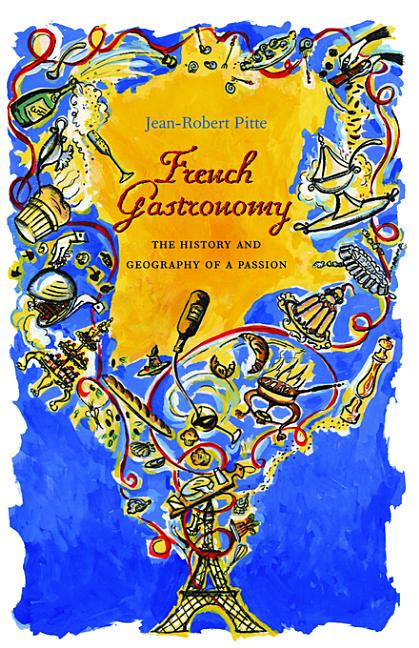
Mayonnaise "takes" when a series of liquids form a semisolid consistency. Eggs, a liquid, become solid as they are heated, whereas, under the same conditions, solids melt. When meat is roasted, its surface browns and it acquires taste and texture. What accounts for these extraordinary transformations?
The answer: chemistry and physics. With his trademark eloquence and wit, Hervé This launches a wry investigation into the chemical art of cooking. Unraveling the science behind common culinary technique and practice, Hervé This breaks food down to its molecular components and matches them to cooking's chemical reactions. He translates the complex processes of the oven into everyday knowledge for professional chefs and casual cooks, and he demystifies the meaning of taste and the making of flavor. He describes the properties of liquids, salts, sugars, oils, and fats and defines the principles of culinary practice, which endow food with sensual as well as nutritional value.
For fans of Hervé This's popular volumes and for those new to his celebrated approach, The Science of the Oven expertly expands the possibilities of the kitchen, fusing the physiology of taste with the molecular structure of bodies and food.
Translated by Jody Gladding.
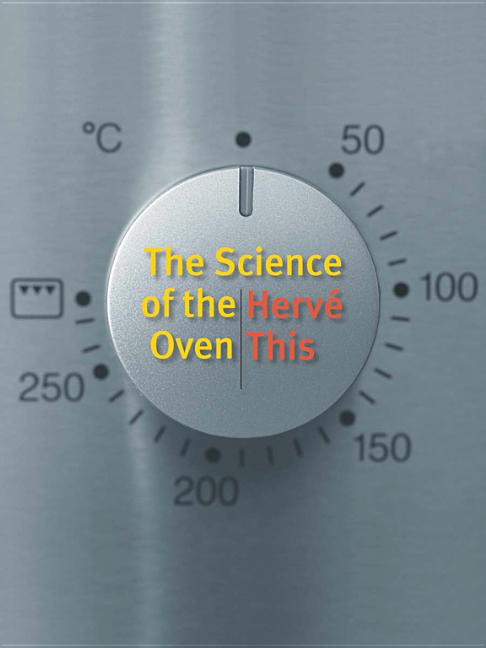
An international celebrity and founder of molecular gastronomy, or the scientific investigation of culinary practice, Hervé This is known for his ground-breaking research into the chemistry and physics behind everyday cooking. His work is consulted widely by amateur cooks and professional chefs and has changed the way food is approached and prepared all over the world.
In Kitchen Mysteries, Herve This offers a second helping of his world-renowned insight into the science of cooking, answering such fundamental questions as what causes vegetables to change color when cooked and how to keep a soufflé from falling. He illuminates abstract concepts with practical advice and concrete examples—for instance, how sautéing in butter chemically alters the molecules of mushrooms—so that cooks of every stripe can thoroughly comprehend the scientific principles of food.
Kitchen Mysteries begins with a brief overview of molecular gastronomy and the importance of understanding the physiology of taste. A successful meal depends as much on a cook's skilled orchestration of taste, odors, colors, consistencies, and other sensations as on the delicate balance of ingredients. Hervé then dives into the main course, discussing the science behind many meals' basic components: eggs, milk, bread, sugar, fruit, yogurt, alcohol, and cheese, among other items. He also unravels the mystery of tenderizing enzymes and gelatins and the preparation of soups and stews, salads and sauces, sorbet, cakes, and pastries. Hervé explores the effects of boiling, steaming, braising, roasting, deep-frying, sautéing, grilling, salting, and microwaving, and devotes a chapter to kitchen utensils, recommending the best way to refurbish silverware and use copper.
By sharing the empirical principles chefs have valued for generations, Hervé This adds another dimension to the suggestions of cookbook authors. He shows how to adapt recipes to available ingredients and how to modify proposed methods to the utensils at hand. His revelations make difficult recipes easier to attempt and allow for even more creativity and experimentation. Promising to answer your most compelling kitchen questions, Hervé This continues to make the complex science of food digestible to the cook.
Translated by Jody Gladding
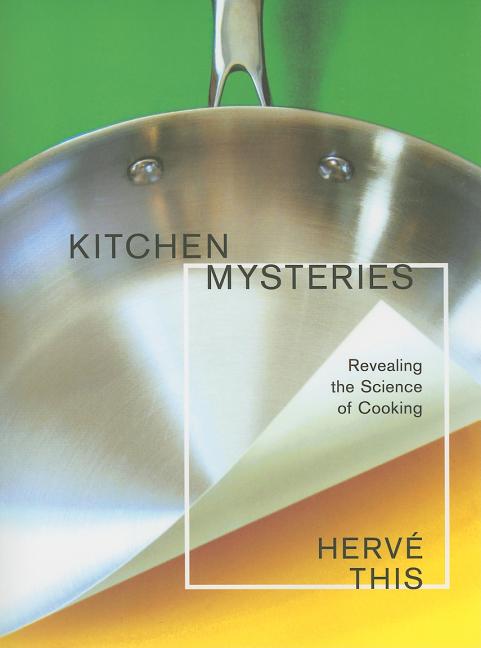
The Serpent of Stars by Jean Giono takes place in rural southern France in the early part of the century. The novel’s elusive narrative thread ties landscape to character to an expanse just beyond our grasp. The narrator encounters a shepherding family and glimpse by glimpse, each family member and the shepherding way of life is revealed to us. The novel culminates in a large shepherds’ gathering where a traditional Shepherd’s Play—a kind of creation myth that includes in its cast The River, The Sea, The Man, and The Mountain—is enacted. The work’s proto-environmental world view as well as its hybrid form—part play, part novel—makes The Serpent of Stars astonishingly contemporary.
Translated by Jody Gladding.

The Mirror of the Marvelous by Pierre Mabille has long been considered one of the most significant and original books to have come out of the surrealist movement. Anais Nin suggested it as a source of inspiration, far ahead of its time, for would-be authors seeking to break from the realist literary mold. Mabille cites a far reaching assortment of texts, ranging from the classic to the obscure, from the ancient epic to the modern poem, from the creation myth to more contemporary visions of apocalypse. This work defines the flame of the marvelous by showing its presence in those works where it burns the brightest.
Translated by Jody Gladding.
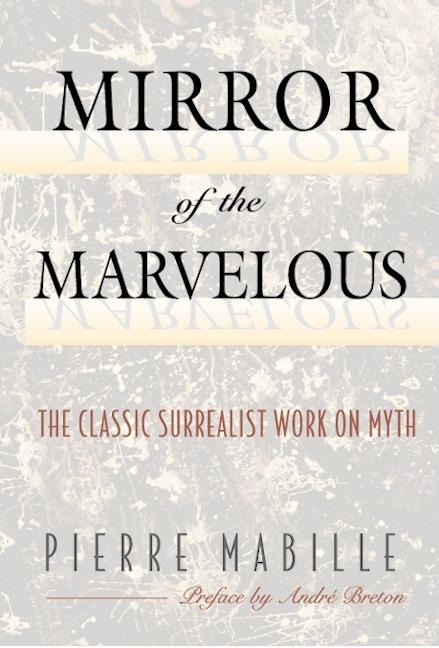
Informed by a provocative exhibition at the Louvre curated by the author, The Severed Head unpacks artistic representations of severed heads from the Paleolithic period to the present. Surveying paintings, sculptures, and drawings, Julia Kristeva turns her famed critical eye to a study of the head as symbol and metaphor, as religious object and physical fact, further developing a critical theme in her work-- the power of horror--and the potential for the face to provide an experience of the sacred.
Kristeva considers the head as icon, artifact, and locus of thought, seeking a keener understanding of the violence and desire that drives us to sever, and in some cases keep, such a potent object. Her study stretches all the way back to 6,000 B.C.E., with humans' early decoration and worship of skulls, and follows with the Medusa myth; the mandylion of Laon (a holy relic in which the face of a saint appears on a piece of cloth); the biblical story of John the Baptist and his counterpart, Salome; tales of the guillotine; modern murder mysteries; and even the rhetoric surrounding the fight for and against capital punishment. Kristeva interprets these "capital visions" through the lens of psychoanalysis, drawing infinite connections between their manifestation and sacred experience and very much affirming the possibility of the sacred, even in an era of "faceless" interaction.
Translated by Jody Gladding.
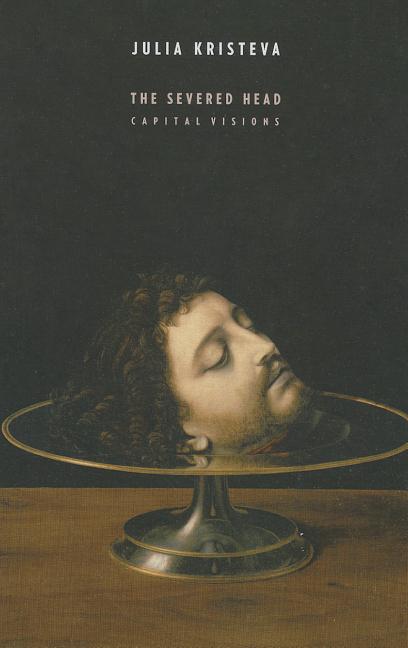
Twenty-five languages die each year; at this pace, half the world’s five thousand languages will disappear within the next century. In this timely book, Claude Hagège seeks to make clear the magnitude of the cultural loss represented by the crisis of language death.
By focusing on the relationship of language to culture and the world of ideas, Hagège shows how languages are themselves crucial repositories of culture; the traditions, proverbs, and knowledge of our ancestors reside in the language we use. His wide-ranging examination covers all continents and language families to uncover not only how languages die, but also how they can be revitalized—for example in the remarkable case of Hebrew. In a striking metaphor, Hagège likens languages to bonfires of social behavior that leave behind sparks even after they die; from these sparks languages can be rekindled and made to live again.
Translated by Jody Gladding.
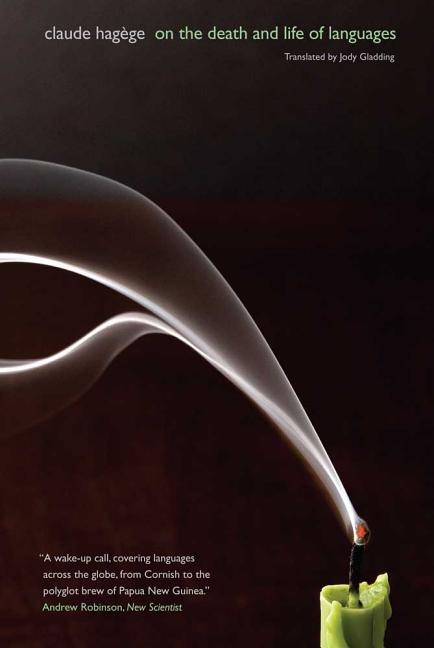
In a time of mindless violence and widespread ecological and natural catastrophes, François Cheng asks if talking about beauty may not seem incongruous even scandalous. Yet this is actually the most appropriate time to revisit a subject that was a philosophical mainstay for millennia. The power of beauty to elevate and transcend counterbalances the negative side of the reality facing us.
Cheng begins his teachings with the intrinsic sense of beauty revealed by the landscape, symbolized by the staggeringly beautiful Lu Mountain of his native province in China. His five meditations carry the reader from the understanding of beauty being in the mind of the beholder to its intimate relationship with the sacred, both from a Western and Taoist perspective. He shows that the most telling indication of the importance of beauty in human life and for individual spiritual realization can be grasped by simply imagining a world without it.
Translated by Jody Gladding.
